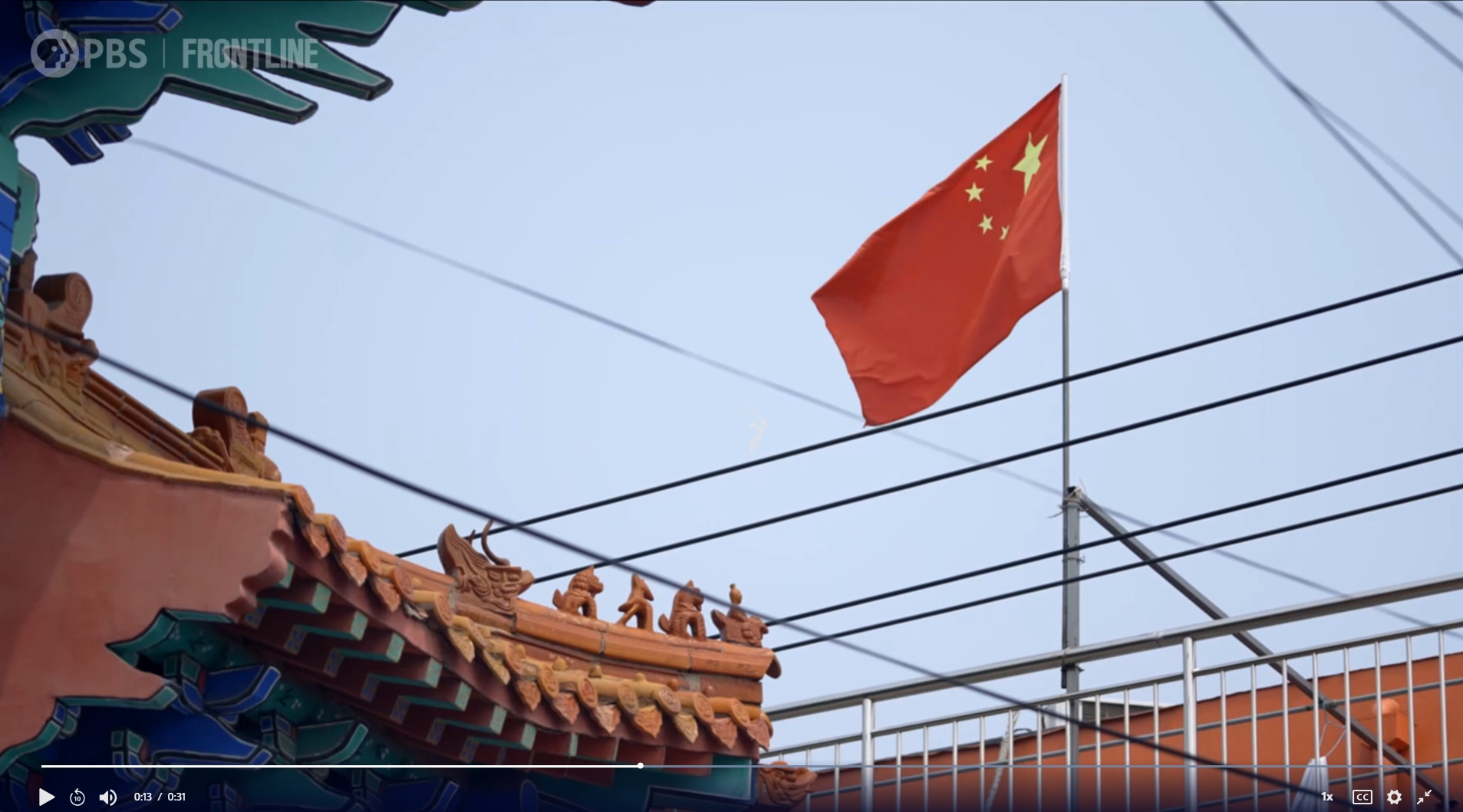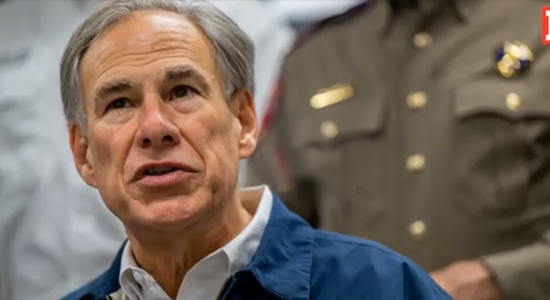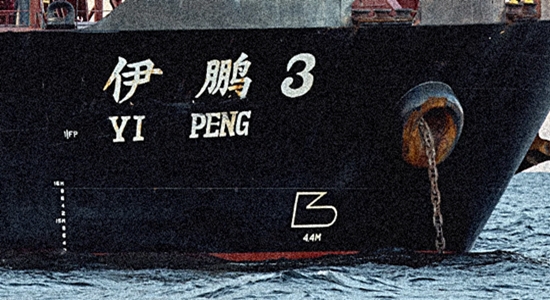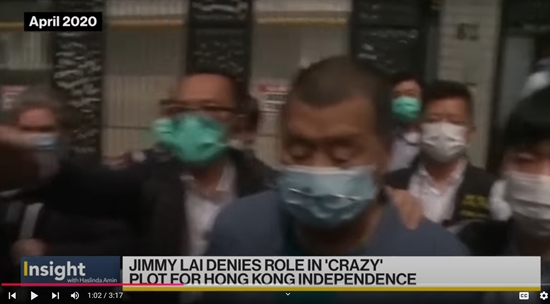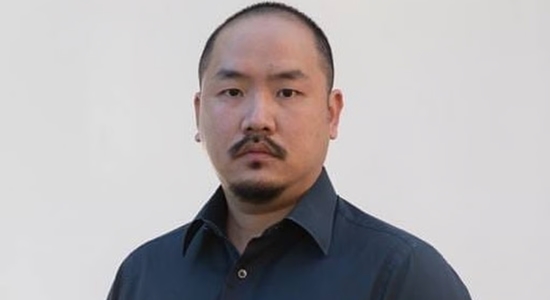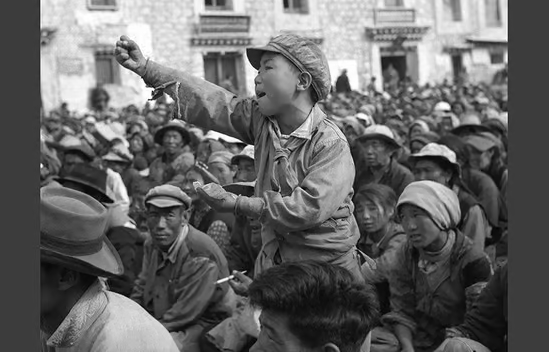
The devastation wrought by the Cultural Revolution in Tibet, “one of the worst places to be” during the decade of that upheaval (1966-1976), was much like that inflicted elsewhere in China: destruction of cultural artifacts and temples or anything traditional and “old,” book burning, “struggle sessions” to subject intellectuals and monks to public humiliation, murder. The new classless utopia was to emerge from the ashes of everything else.
Among the premier agents of destruction were the Red Guards, a paramilitary organization of young people exhorted into being by Mao. The Red Guards came to Tibet in 1966. Many of their activites were recorded by the Tsering Dorje, a Tibetan who was then a photographer for the People’s Liberation Army.
Tsering Dorje, who died in 1991, was supposed to have turned over all copies of his pictures to the Chinese Communist Party. But he held onto them, and they were eventually discovered by his daughter, Tsering Woeser. With the help of her husband, the dissident Wang Lixiong, in 2006 Tsering Woeser published a book of the photographs and her commentary in Taiwan.
Doing so, reported Massimo Introvigne in his review for Bitter Winter of the 2020 edition of Forbidden Memor: Tibet during the Cultural Revolution, “inaugurated for them years of precarious life in Beijing, where they still reside, kept under continuous police surveillance.”
This 2020 edition of the book is a 400-page English translation with many additions to the text. Introvigne observes that the annotated photographs fall into three categories. The photographs of the first set depict “the destruction of the cultural heritage of Tibet during the campaign to eradicate the ‘four olds’: old society, old culture, old traditions, and old habits.”
Countless temples, palaces, and cultural artifacts were destroyed. Sad pictures depict bonfires of medieval and early modern Buddhist manuscripts, forever lost, the destruction of stupas and monasteries, and the Red Guards’ attack on the Jokhang in Lhasa, the most sacred temple of Tibet. Although it has been since reconstructed, most of its statues and original architectural features are lost. An iconic picture depicts a woman dismantling the golden roof of the Jokhang with a harrow. Woeser wonders whether the woman really believed that “turning the past to ruins would give birth to a bright new world.”
A second main set, and the most disturbing one, depicts the public humiliations in “struggling sessions” of monks, nuns, aristocrats, politicians of the former independent Tibet, and rich merchants. They were dressed in clown-like garbs, and paraded around the cities with hats featuring inscriptions calling them demons and enemies of the people, while the crowd was incited to spit on them and throw stones….
[S]ome victims were killed, others committed suicide, and those who survived were changed forever….
A third set is about one of the most forbidden topics in China in the history of the Cultural Revolution, the internecine struggles between different factions of the Red Guards. A sizeable portion of the victims of the Cultural Revolution, in Tibet as elsewhere in China, consisted of Red Guards who perished in these factional struggles, whose heritage still influences Chinese politics in Tibet and elsewhere today.
Some of the Red Guards active in committing atrocities were Hui Muslims “who had old quarrels [with] Tibetan Buddhists, although in the end their mosques were destroyed too.” Some were Tibetans, and “several former Red Guards who were active in persecuting monks and destroying temples in their youth are now very pious Buddhists, trying to compensate for the bad karma accumulated during the Cultural Revolution.”
